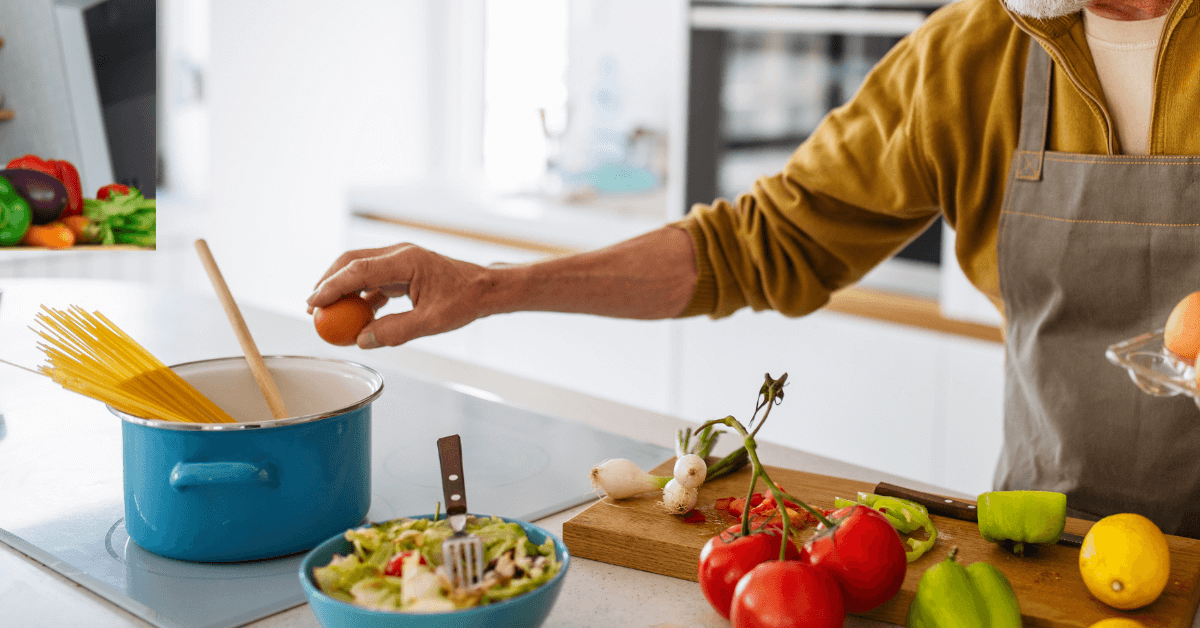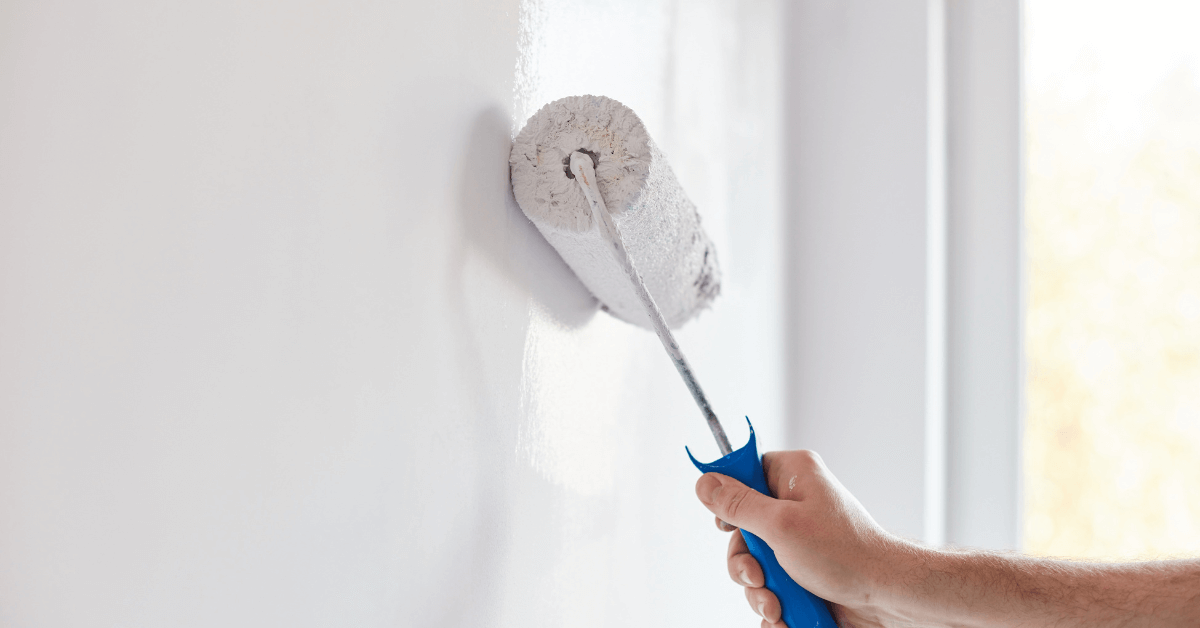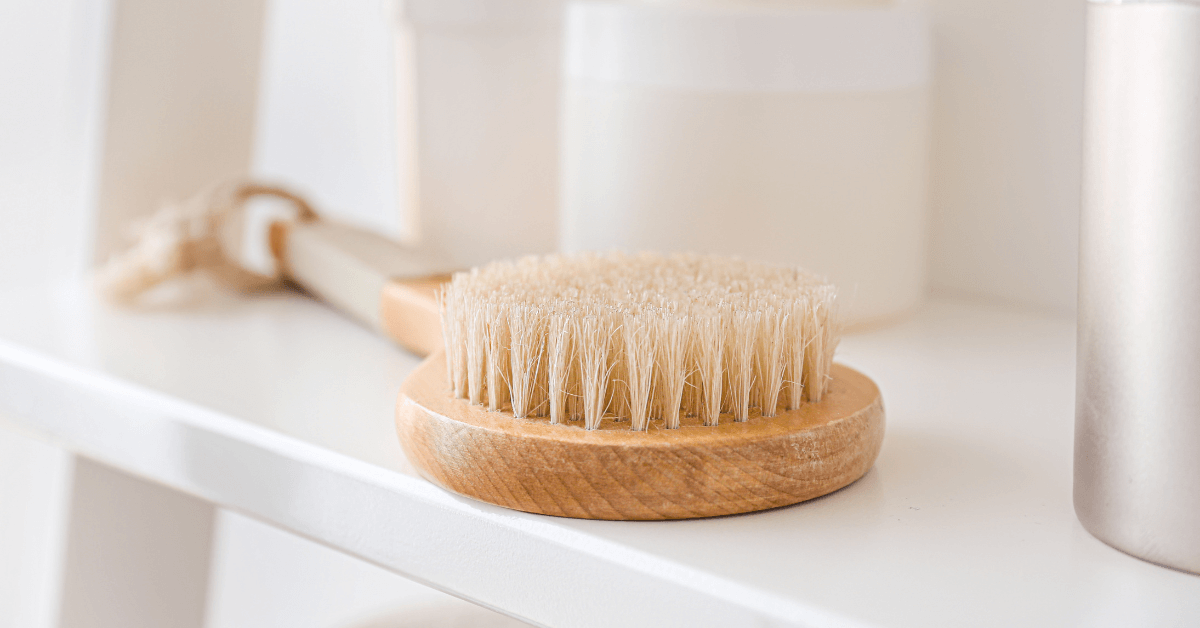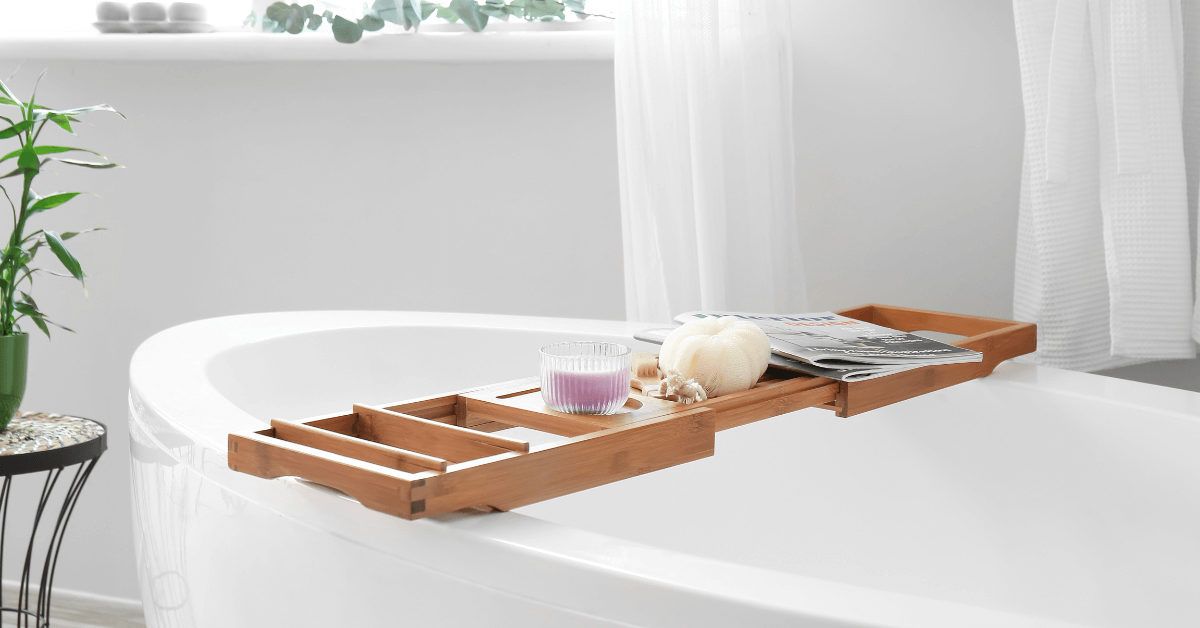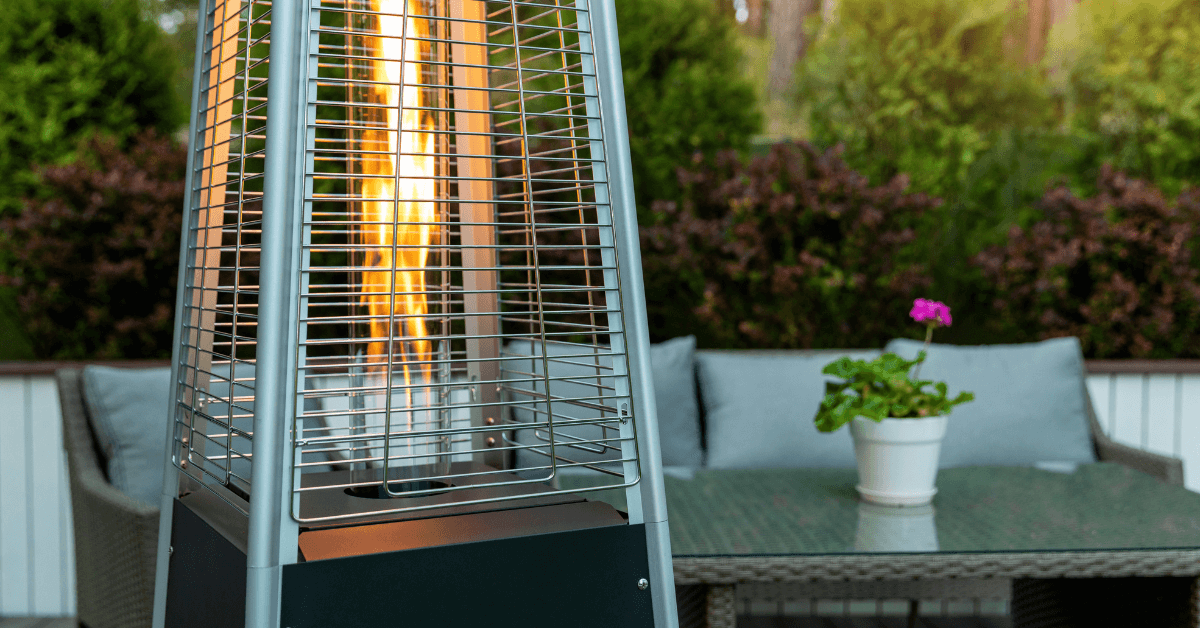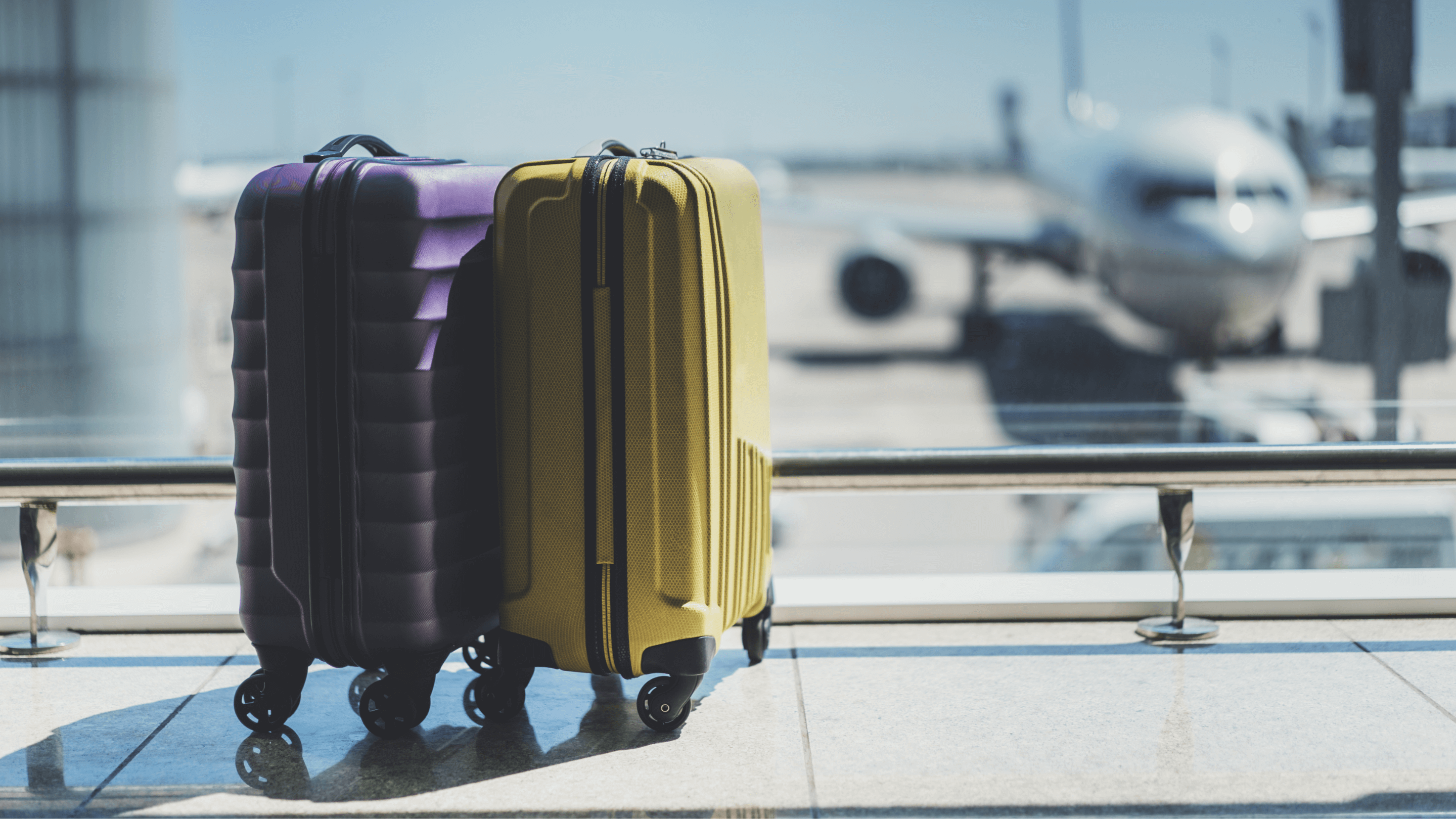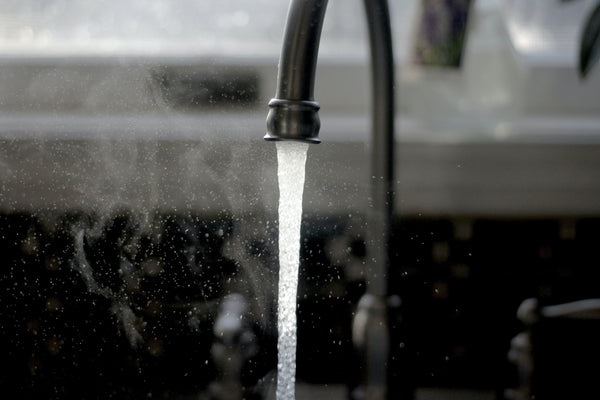
News stories about increasing energy costs continue to dominate the headlines, making homeowners feel anxious about how this impacts their expenses. Yet there are certain ways to combat this rise in kWh cost. In this blog, we outline six easy tips on how to save energy in your home and reduce your household expenses each month.
1. Unplug devices
Unplug devices when they’re not in use to avoid unnecessary energy consumption. Get into the habit of turning devices such as laptop chargers and mobile phones off as soon as the battery is full instead of over-charging them. Almost all at-home appliances can be turned off at the plug without upsetting their programming settings. If you’re unsure about any appliances, check the instructions manual. For instance, some TV recorders may not record shows previously scheduled if unplugged. Unplugging devices also prevents them from entering standby mode, thereby incurring further savings. Items such as game consoles enter standby mode when turned off via the remote, meaning they still require energy. There are certain smart plugs you can buy which allow you to turn off all standby appliances in one go.
2. Consider LED lights
Many homeowners are choosing to install LED lights because of their affordable, stylish, and reduce energy consumption. An LED lightbulb produces light at a more efficient rate when compared to incandescent lightbulbs. This is because LED lights use halogen bulbs which emit light in a specific direction, reducing the need for diffusers and reflectors that can trap light. LED lights also last longer so are less wasteful too.
3. Install double-glazed doors and windows
Double-glazed doors and windows have two panes of glass separating the inside and the outside. The air pocket created between the two glass panes reduces the transfer of heat, thereby preventing your home’s temperature from being influenced by outside weather. This reduces your reliance on heating and cooling systems.
4. Reduce water consumption
There are several steps you can take to reduce water consumption in your home. For instance, you can use only the required amount of water when cooking, turn off running taps when not in use, limit weekly washing machine usage, and take quicker showers. It’s also worth swapping baths for showers completely to reduce water consumption further.
5. Turn off the lights
This is a simple step that all of us are guilty of forgetting sometimes. Make sure that you always turn off the lights when leaving a room, including lamps and desk lights. Consider putting a reminder next to the main light switch or on the door to jog your memory. After doing it so many times, you’re bound to do it subconsciously.
6. Switch to energy-efficient appliances
Switch your main home appliances to energy-efficient models to cut kWh costs considerably. Focus on your most energy-intensive appliances first, such as fridges, freezers, and dryers. You can find out more about appliance energy efficiency ratings
here. Replace appliances every few years to keep them running at optimal efficiency, thereby reducing their electricity usage. Cutting your energy consumption can lead to considerable home savings. To find out more about how to save energy in your home, contact Switch Plan today.





